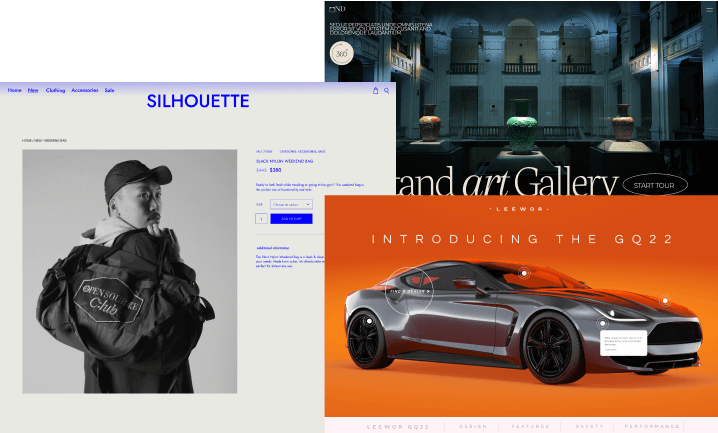A Design Debt is the sum of all the flaws of the design processes and user experience that develop over time.
Design Debt results from growth, innovation, and a lack of design refactoring. Refactoring is a methodical process where code is improved without creating new functionality, and a mess is transformed into clean code and simple design.
4 Examples of Design Debt
Some common types of design debt involve user experience (UX), operations (structure & processes), visuals, testing, and research.
1. UX Design Debt: Common and most crucial debt where inconsistent experiences throughout the product negatively impact the learnability and integrity of the flow.
An outdated design system that doesn’t support the latest product version can affect and even break the UX. If this occurs, designers and developers can hardly use the system to build the product; thus, both product and company brand suffers.
2. Operational Design Debt: Occurs when a lack of underlying structure and processes slows down the development and design teams’ work. Indicators include:
- Lack of design system and corresponding UI elements
- Outdated design files, inconsistent with the implementation
- Design files that are difficult to work with (no styles and components, flat structure, etc.) force designers to rebuild elements from scratch or spend time cleaning up existing files before starting a project.
- Weak designer-developer workflow
3. Visual Design Debt: Inconsistent graphical aspects of the product interface like colors, shapes, etc. The extreme is when system parts have such an incongruous look and feel they seem to come from another product.
This debt undermines the product’s credibility by making it look less trustworthy and professional.
4. Testing & Research: Failing to conduct user testing can result in a bad UX, leading to lower engagement and product adoption, customer churn, and a higher bounce rate.
A product can fail if there has been no user research – validating whether your target audience really wants or needs the new feature.
Why You Must Take Design Debt Seriously
Focusing on one particular feature at a time can cause the setbacks mentioned above regarding design systems. Not taking a step back to see the entire product workflow can cause an inconsistent user experience not optimized for conversion and engagement. The result is people are disappointed and leave.
Collecting design debt is typical, happens with every product, and is a side-effect of development. The solution is to recognize and manage it correctly.




